One of the benefits of an extended deployment is the opportunity to take a mid-tour holiday. So, since I was able to get a flight anywhere in the world, Anna and I decided to visit the Southern tip of Africa. South Africa offered the perfect blend of adventure, relaxation, and exceptional flora and fauna. So, over the next 7 posts, I will take you on our journey. Why so many posts?? Well, I went a little crazy with the camera, so I was only able to pare down the 2,000 images to just over 200. Hopefully, you will find them interesting. It was certainly an interesting trip for us!
South Africa is a unique country. Its varied history and culture made a lasting impression on us. In fact, in many ways it felt like a blend of Europe, “typical” sub-Saharan Africa, and even a little bit of Afghanistan. So, almost needless to say, we really enjoyed our two weeks there.
We spent most of our time in what was founded as refreshment station in 1652 by the Dutch East India Company, now known as Cape Town. Upon arrival, we promptly headed to the beach.
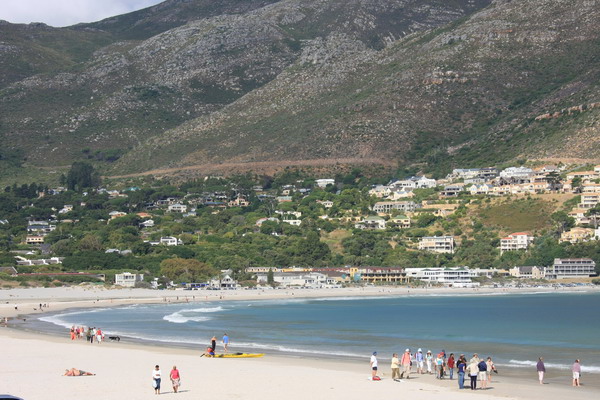
This is just one of the many beautiful spots that dot the coastline in and near Cape Town.
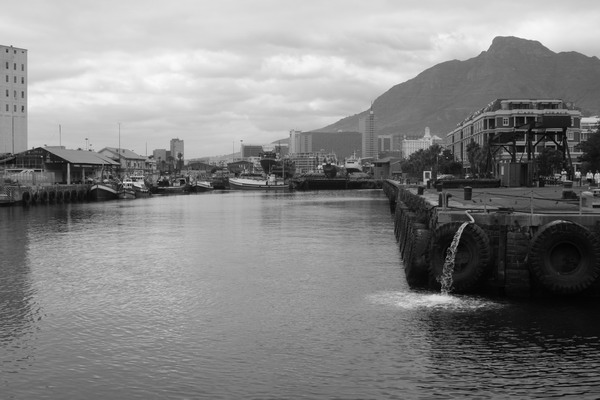
This is down at the Victoria and Alfred Waterfront in the City Bowl (read: downtown Cape Town). Yes, that is a reference to the British monarch. But, if you recall, Albert was Queen Victoria’s husband. Alfred was her son. Since they are both credited with positive influence on Cape Town in the mid-19th century, the names of Victoria and Alfred are commemorated.
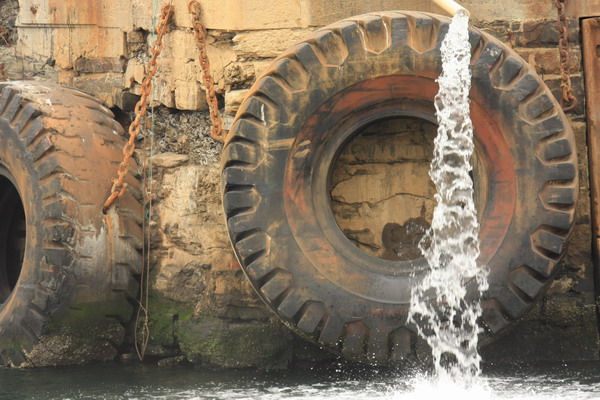
V&A Waterfront again.
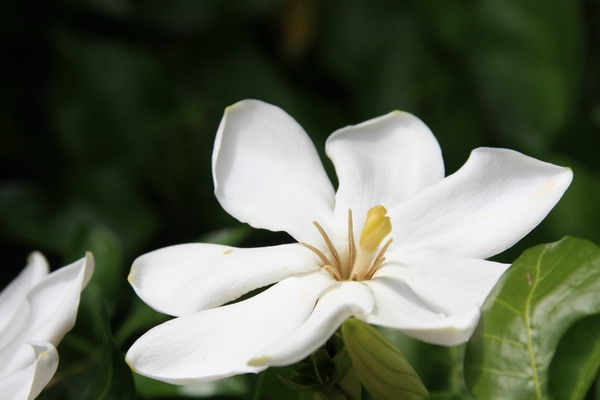
We also stopped by the Kirstenbosch National Botanical Gardens. These beautiful grounds were donated by Cecil Rhodes in 1902. In case you’re not familiar with him, Rhodes was born in Great Britain, and had a profound impact on Southern Africa. Although his political and social views are debatably bad, there is no question, he accomplished a lot in his relatively short life. Just a few of his accomplishments include:
1. Founding De Beers company, which is now the largest diamond mining company in the world.
2. Beginning the Rhodes Scholarship, the most prestigious graduate school scholarship in the world, and what my friend Tom was awarded to attend the University of Oxford (where all recipients study).
3. Creating the country of Rhodesia, now known as Zimbabwe.
So, suffice it to say, the man was influential.
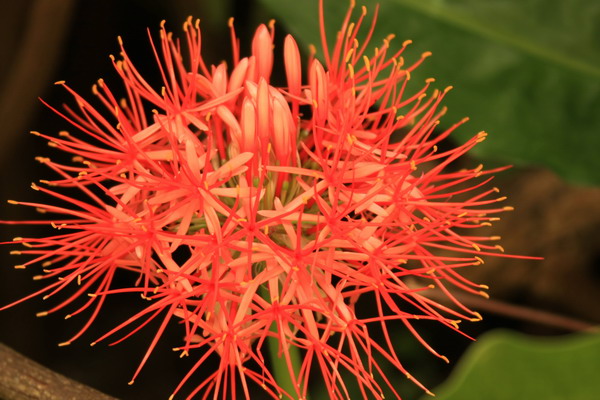
This flower is interestingly known as the blood flower, and looks like a ball of fire.
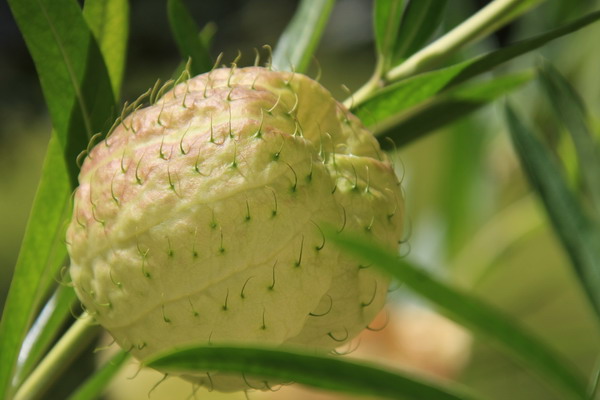
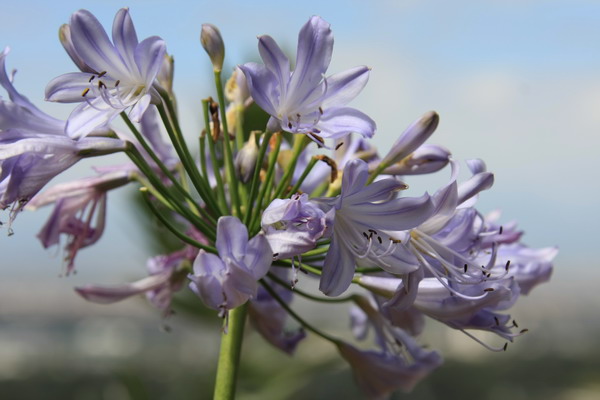
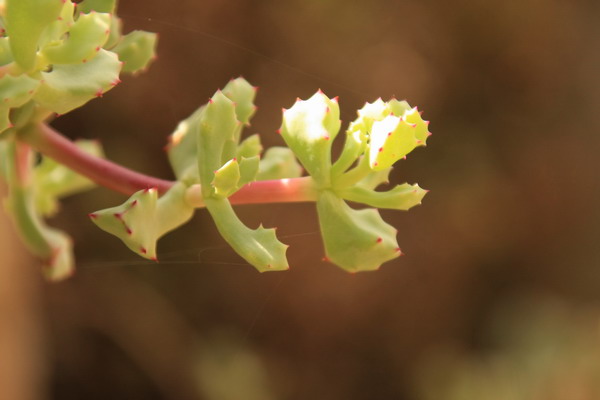
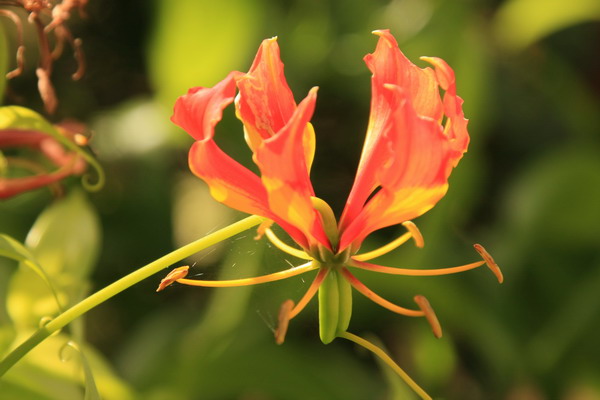
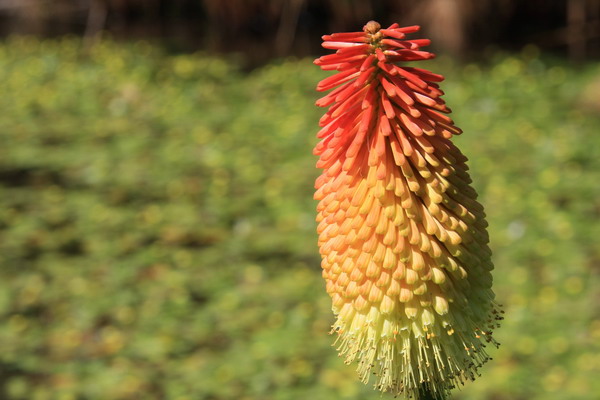
An aloe flower.
Unfortunately, the national flower of South Africa, the Protea, was not in bloom, so I don’t have any images of that unique flower to share.

A Helmeted Guinea Fowl.

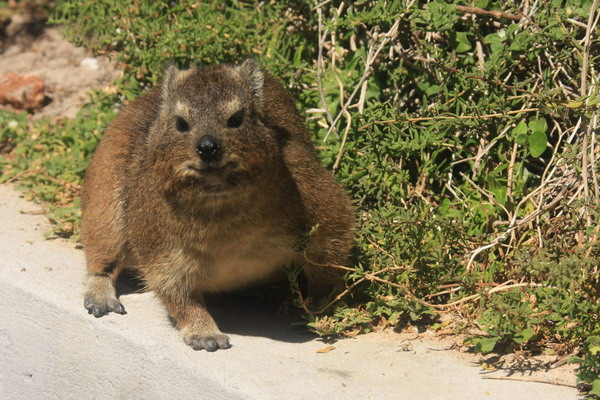
This is a Rock Hyrax, also known as a Dassie. It’s found throughout Africa and didn’t seem to mind too much that a camera was stuck right in front of it. Interestingly, they are closely related to elephants.
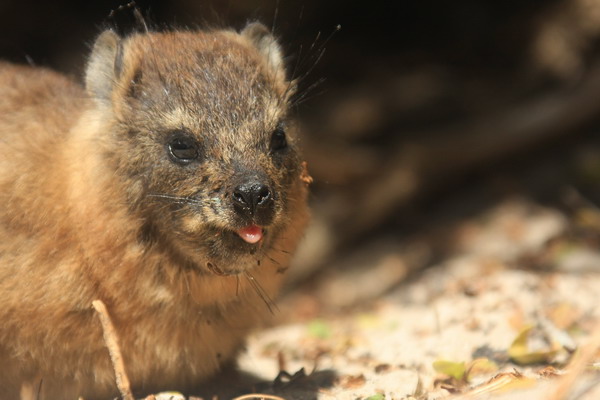
Cute, huh?
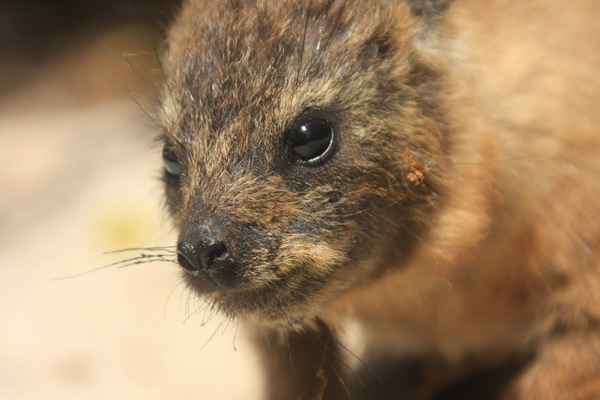

We also spent some time going through the vineyards of South Africa. It was an interesting contrast with European wineries. The wines produced here are very tasty and the two best (in our opinion) are Sauvignon Blanc and Pinotage. The Pinotage is a cross grape that is unique to South Africa and stems from the Hermitage and Pinot Noir grapes.
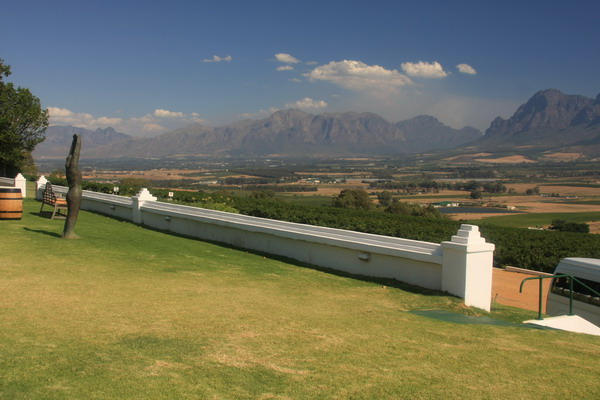
Another winery, with an amazing view. The Stellenbosch, Franschhoek, and Paarl are no more than an hour outside of Cape Town. Combined with Constantia just outside of Cape Town, they make up the wineland region of Cape Town. We ended up spending our last few days in Franschhoek, but I’ll talk about that in my last post.
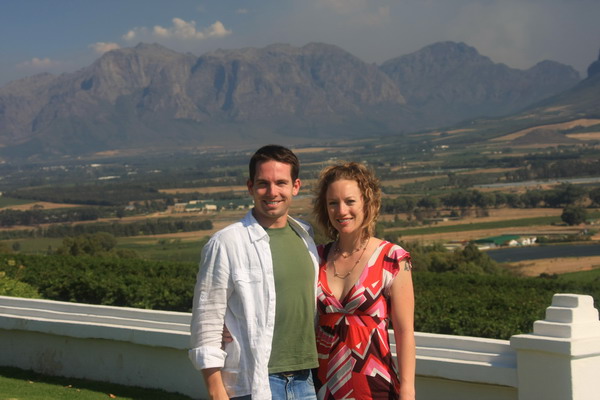
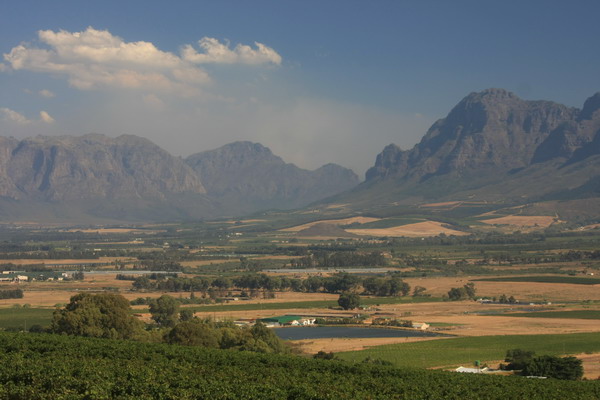
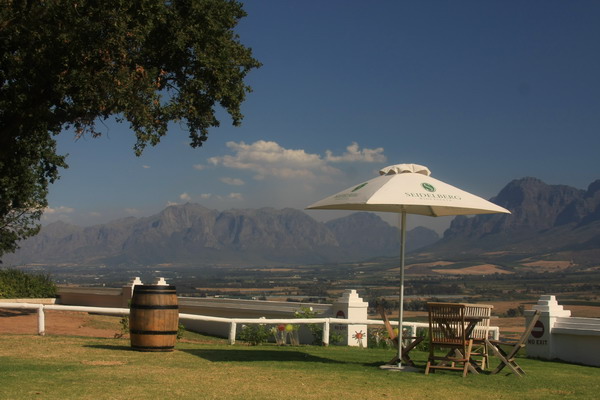
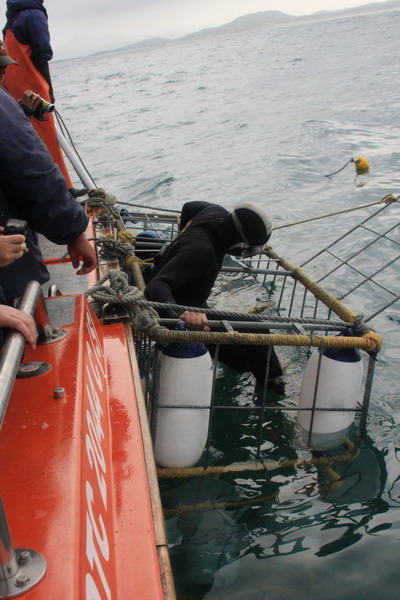
In contrast to the peaceful winelands, we also ventured into the occasionally tempestuous sea. In this case, it was to get up close and personal with a Great White shark. These misrepresented hunters are often found in the waters near Cape Town.
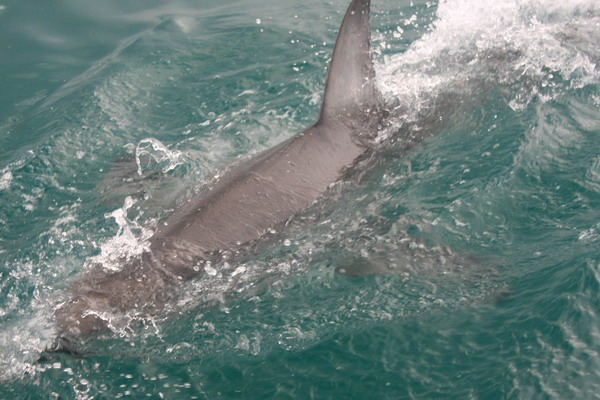
The sharks would follow the bait fish in very close to the cage.
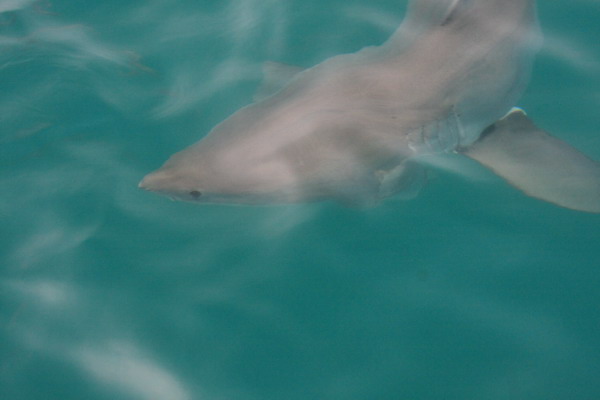
These creatures are magnificent. They are so majestic and each one has a unique personality.
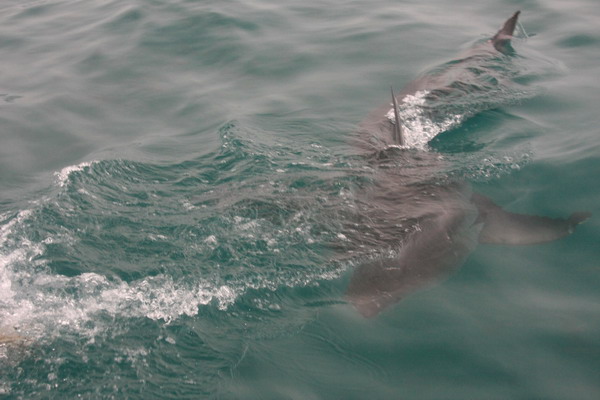
We were fortunate and saw 4 different white sharks. Gansbaai and shark alley has the most densely populated white shark population in the world. Something that the movie Jaws got wrong was the tail fin. As you can see, both the dorsal fin and tail are out of the water when the sharks are on the surface.
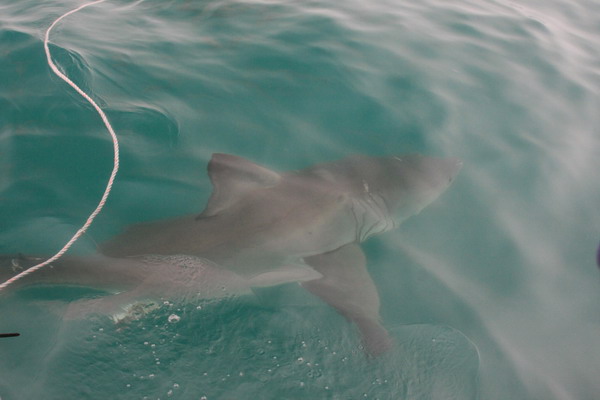
Although these weren’t the largest white sharks (~3 meters), they are still very cool.
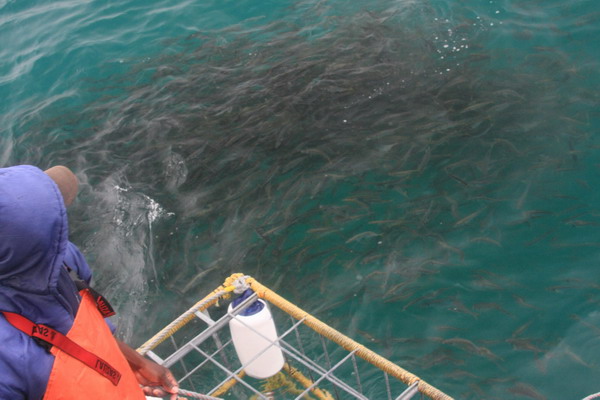
Here you can see the bait fish and chum in the water.
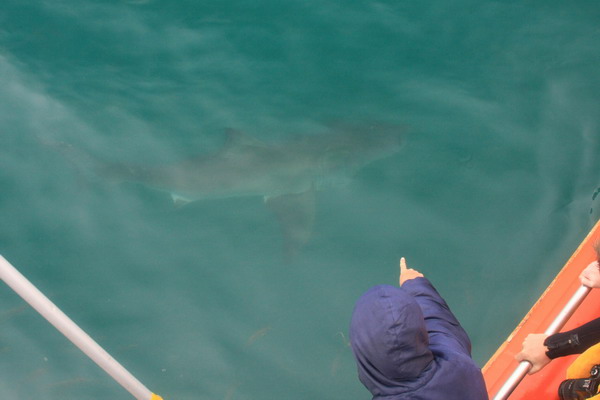
Look! There’s one!
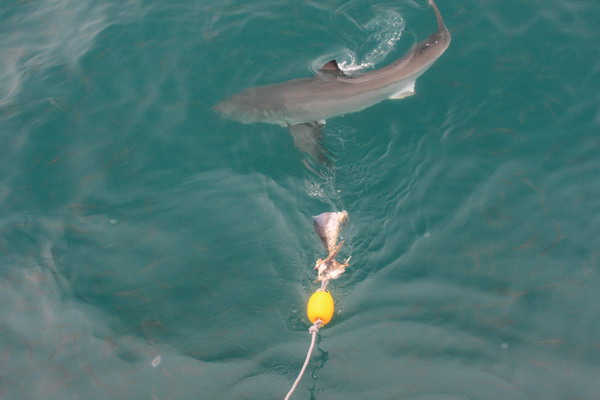
The tuna bait coming in, but the shark turned away.
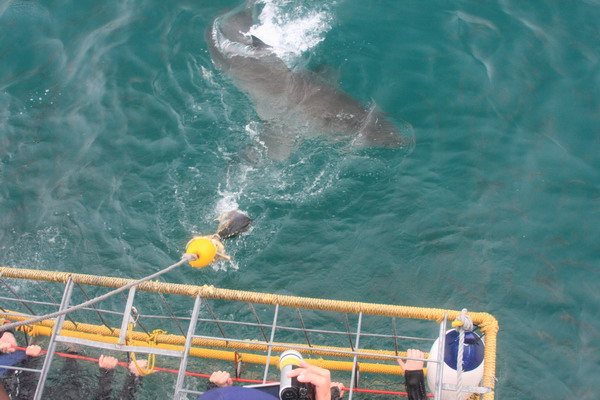
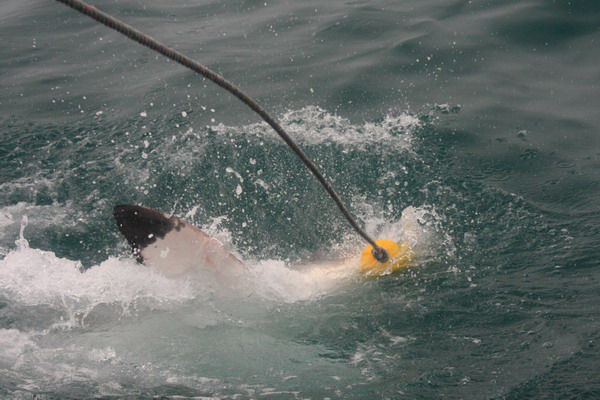
Although the sharks are more active in the winter (we were there in the late summer), this one attacked from below. Unfortunately, as you can see, I was a moment too slow.
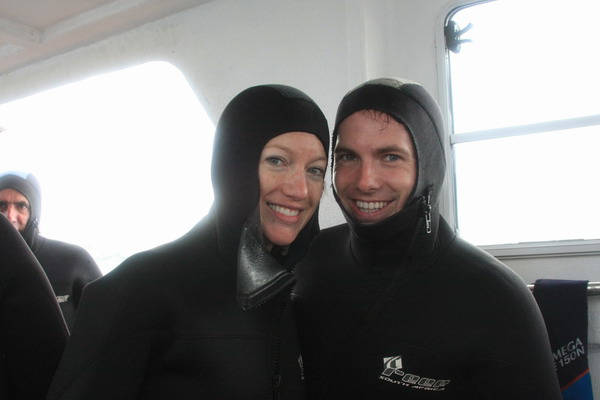
The water was a bit cold (11 degrees Celsius), so the 7mm wetsuits kept us nice and toasty. Ok, if not toasty, at least somewhat comfortable.
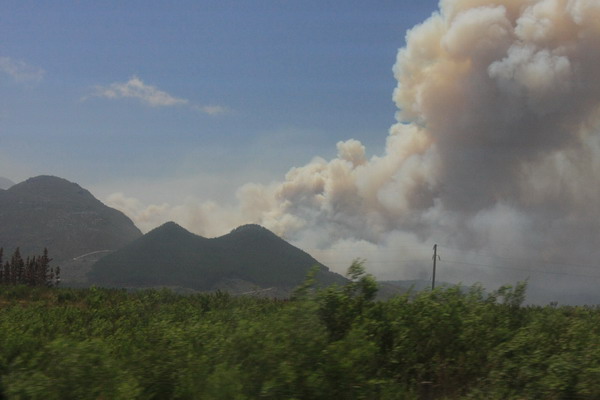
On the way back to Cape Town (it was a couple hours east), we saw the massive wildfires plaguing the area.
That covers the first part of our Cape Town experience. Next, we visited a large colony of African Penguins, then went up to Kruger National Park for a 5 day safari, and finished our trip with more time in and around Cape Town. Those posts are forthcoming.
So, until then…
–Jim
Skip to content
Our Family Story.
